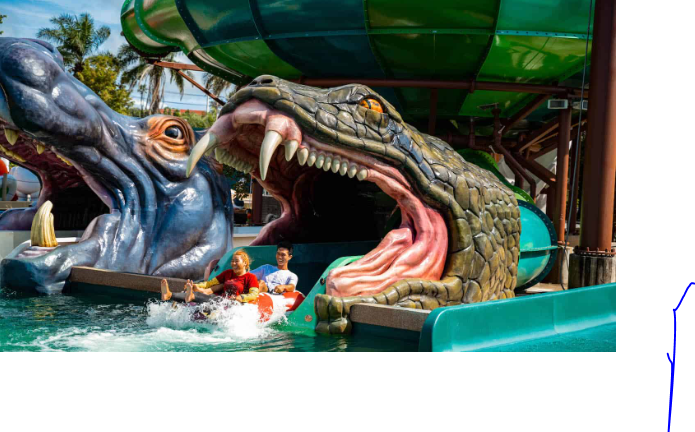The moon hangs high in the inky night sky, giving occasion to feel qualms about a scary sparkle the land underneath. In the core of the woods, a chilling cry punctures the quietness, trailed by the stirring of leaves and the snap of twigs. A scene has charmed human creative mind for a really long time – the mysterious universe of werewolves. These legendary creatures, part-human and part-wolf, have made a permanent imprint on old stories, writing, and mainstream society. We should plunge into the set of experiences, the fantasies, and the cutting edge understandings that have kept the werewolf legend alive.
Beginnings and Development of the Myth:
The legend of the werewolf traces all the way back to old times, rising above societies and mainlands. In Greek folklore, the narrative of Lycaon, a ruler changed into a wolf as a discipline from Zeus, is many times thought about one of the earliest werewolf stories. Additionally, in Norse folklore, the idea of skinwalkers, people with the capacity to move into creature structures, bears likeness to the werewolf fantasy.
Since the beginning of time, convictions in werewolves have been entwined with thoughts of shapeshifting, black magic, and the extraordinary. In middle age Europe, werewolves were believed to be people who, affected by a full moon or through dull enchantment, would assume the type of a wolf and participate in vicious and grisly demonstrations. This dread led to the expression “lycanthropy,” which depicts the change of a human into a wolf.
The Werewolf in Writing and Famous Culture:
The werewolf legend kept on developing in writing, turning into a conspicuous figure in gothic and shocking tales. One of the most notable works highlighting werewolves is “The Wolf Man,” a 1941 film that cemented the werewolf’s place in realistic history. From that point, the werewolf sort extended with motion pictures like “An American Werewolf in London” and the “Hidden world” series, which investigated the complicated elements among werewolves and vampires.
In writing, present day writers, for example, Anne Rice and Kelley Armstrong rejuvenated the werewolf account by diving into the mental battles of the beset people. These works featured subjects of personality, duality, and the fight between human explanation and base senses. Werewolves quit being simple beasts; they became vehicles for investigating the human condition.
Contemporary Interpretations:
In the 21st hundred years, the werewolf fantasy has tracked down new life through different translations. Metropolitan dream books as briggs Patricia’s “Leniency Thompson” series and network shows like “High schooler Wolf” have rethought werewolves in contemporary settings. These accounts frequently entwine powerful components with the difficulties of present day life, offering interesting characters wrestling with their double nature.
Past diversion, the idea of the werewolf has additionally been analyzed through mental and clinical focal points. “Clinical lycanthropy” is an uncommon mental problem where an individual accepts they are transforming into a creature, frequently a wolf. This daydream mirrors the persevering through interest with the obscured limits among mankind and the animals of the world collectively.
The Charm of the Unseen:
What keeps on attracting mankind to the werewolf legend is its investigation of the obscure and the uncanny. The change from human to monster is an illustration for the untamed powers inside us, addressing the fight among reasonableness and intuition. Werewolves challenge our view of being human and power us to stand up to the murkiness that can live inside even the most apparently normal people.
Eventually, the universe of werewolves stays a charming domain where reality and dream interlace. Whether in antiquated legends, exemplary writing, or contemporary media, the persevering through allure of these shape-moving animals lies in their capacity to reflect our own intricacies and fears. However long the moon enlightens the night sky, the legend of the werewolf will keep on enrapturing our creative mind.
